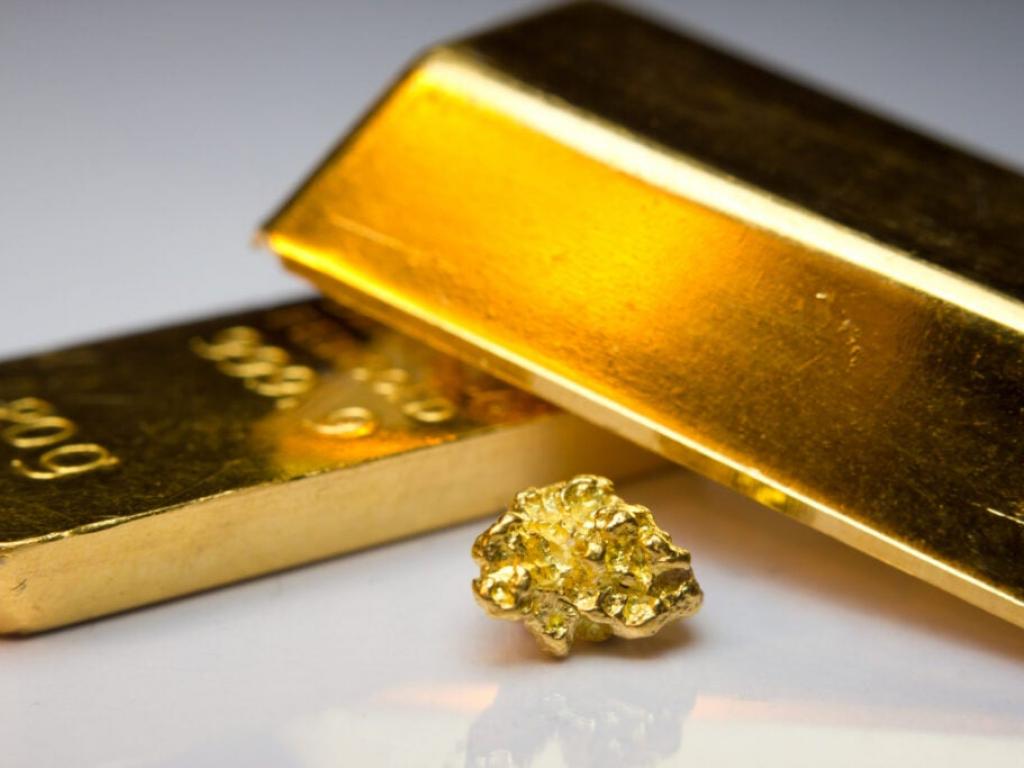Deutsche Bank Scores Big On Gold, Targets Rejoining The Elite Club
Author: Stjepan Kalinic | November 23, 2025 10:20am
Deutsche Bank (NYSE:DB), the biggest German bank, has been slowly rising from the ashes of the previous decade. The bank posted one of its strongest trading performances, capitalizing on momentum in precious metals.
According to Bloomberg, the bank generated over $100 million in gold-trading revenue in the first half of the year. Tariff-driven volatility and arbitrage opportunities created a comeback for the institution that had largely withdrawn from physical gold trading after 2014.
The bank is now applying to rejoin the select group of 11 banks. These banks form the London Bullion Market through the London Bullion Market Association.
Yet, an approval would require a probationary period during which the bank would provide two-way quotes throughout trading hours. A successful return would allow Deutsche Bank to seek full clearing-bank status, a role currently being targeted by Citigroup and Morgan Stanley. Reentry into London's core gold infrastructure would mark a symbolic—and operational—milestone for a bank rebuilding its credibility in global markets.
The Fall and the Recovery
Over a 150-year history, Deutsche Bank has endured a series of scandals that deepened after the 2008 global financial crisis. These included multi-billion-dollar penalties for mis-selling U.S. mortgage securities and a $600 million fine for money-laundering transactions.
Furthermore, the bank paid the industry's largest single fine in the Libor and Euribor manipulation cases, and additional penalties for violating the U.S.–Iran embargo. Relations with Jeffrey Epstein and entanglement in Danske Bank's illicit-flows scandal added to the reputational strain. By 2020, years of controversies and losses had pushed the bank's market capitalization to roughly €16 billion ($18.4 billion). It was a fraction of its pre-crisis size.
Yet steady restructuring under CEO Christian Sewing has been paying off. The bank has been increasing its focus on metals and expanding revenue from fixed income and currencies. Still, to fully rejoin the center of the London market, it must demonstrate consistent liquidity provision, robust compliance, and other operational capabilities. Only then will it be allowed back at the "inner circle" it left over a decade ago.
However, with persistent momentum in the precious metals market, the bank's management could easily justify the effort. Its analysts argue that official-sector buying, not financial market flows, keeps prices elevated. If the central bank buying persists, it could reinforce a floor under the bullion price.
At the moment, Deutsche Bank has kept its September average price forecast for 2026 at $4,000/oz. This number lags the expectations from its peers like Goldman Sachs or Bank of America, which see it much higher, $4,900- $5,000/oz.
Price Watch: Deutsche Bank is up 74.81% year-to-date.
Read Next: Bill Ackman Warns Trump Against ‘Rushing’ Fannie-Freddie IPOs, Floats Plan For $400 Billion Valuation
Posted In: DB





